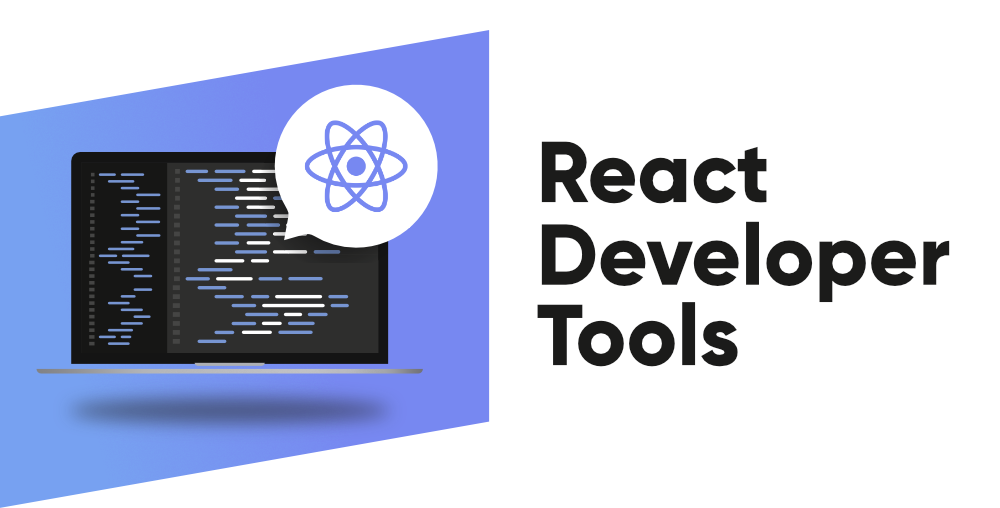JuJu News Hub
Your go-to source for the latest trends and insightful articles.
React and Roll: Dancing Through Development Challenges
Unlock the rhythm of coding! Explore how to tackle React development challenges with flair and fun in our latest blog post.
Mastering State Management in React: Tips and Tricks
Mastering state management in React is crucial for building scalable and maintainable applications. React provides several ways to manage state, ranging from local component state using the useState hook to more complex solutions like Context API and third-party libraries such as Redux. To get started, it’s essential to understand when to lift state up, how to structure your state, and the difference between controlled and uncontrolled components. React's official documentation is a great resource to deepen your knowledge on these fundamental concepts.
To streamline your state management experience, consider implementing some best practices. For instance, keep your state as flat as possible, as nested state can lead to complicated updates and bugs. Moreover, leverage memoization techniques, such as useMemo and useCallback, to optimize performance by preventing unnecessary re-renders. Additionally, explore libraries like Redux or Recoil for more advanced state management solutions that cater to large-scale applications. By combining these strategies, you'll significantly enhance your React applications' maintainability and efficiency.

The Dance of Components: Optimizing Performance in React Applications
The performance of React applications heavily depends on how components are structured and managed. One effective approach to optimize this performance is through component lifecycles. By understanding and implementing component lifecycle methods such as shouldComponentUpdate and componentDidMount, developers can prevent unnecessary re-renders and ensure that only the components that need to update will do so. This not only enhances the user experience by making the application feel more responsive but also reduces the load on the browser, allowing for a more efficient use of resources.
In addition to managing component lifecycles, leveraging tools like React.memo and the useMemo hook can significantly contribute to performance optimization. These tools enable developers to memoize expensive component renders and calculations, preventing redundant processing. By being selective about which components require updates and focusing computational resources where they are genuinely needed, React developers can refine their applications into high-performing, user-friendly products that stand out in today’s digital marketplace.
Common React Challenges: How to Overcome Development Hurdles
React, while powerful and popular, comes with its own set of challenges that developers often face. From managing state efficiently to ensuring optimal performance, these hurdles can sometimes feel overwhelming. One of the most common issues is the state management dilemma. Developers might find themselves tangled in complex state updates or even faced with prop drilling issues. A good solution for managing state in more complex applications is utilizing libraries like Redux or React Query. These tools provide robust frameworks that help streamline state management and improve the overall performance of your React app.
Another significant challenge in React development is optimizing performance, especially as your application scales. It’s crucial to avoid unnecessary re-renders, which can slow down your app. Techniques such as using React.useMemo and React.useCallback can help memoize component rendering and prevent those inefficient updates. Additionally, implementing code-splitting can significantly enhance load times for larger applications. By embracing these performance optimization strategies, you can overcome development hurdles and pave the way for a smoother user experience.